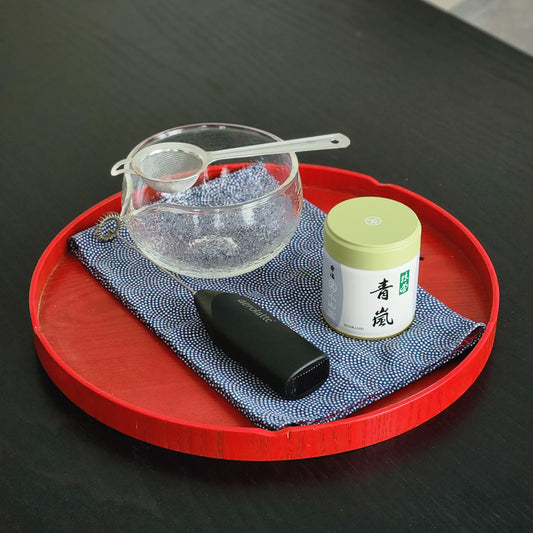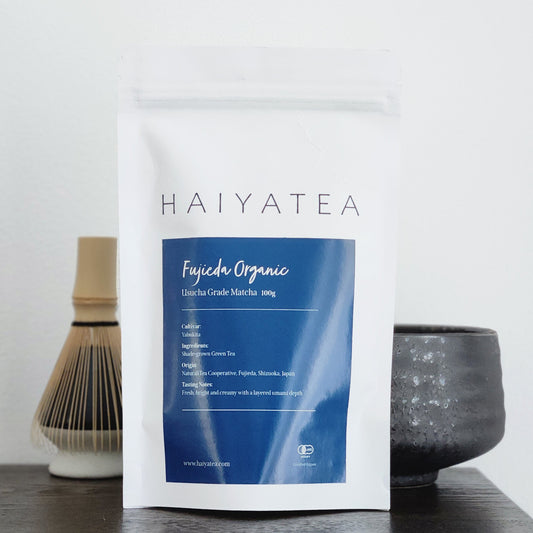What IS tea?
What is this magical elixir of life that also happens to be the second most consumed beverage in the world, right after water itself? Spoiler alert: it's not Coca Cola.
Put succinctly, ALL tea comes from the Camellia Sinensis plant. It is essentially all one single plant species that can be further broken down into two subspecies : Camellia Sinensis Sinensis (small leaf) , and Camellia Sinensis Assamica (large leaf). Over time, hundreds, if not thousands of varietals have emerged, but all are essentially the same plant. Herbal 'teas' are not actually teas in the true sense, but are actually 'tisanes'.
The many different types of teas essentially fall into the broad categories of Green, White, Oolong, Black, Puerh and also the lesser known and quite rare Yellow. A number of factors differentiate each tea from the other, including terroir, how the teas were grown, whether or not they were shaded, what time of day they were harvested, and most of all: how they were processed and how oxidized the teas are.
Oxidization is the process that turns teas dark, and the 'treatment' or 'processing' that leaves undergo, along with when they undergo it, determines the flavour proflle and whether the tea will be Green, White, Oolong, Black or Puerh.
The mark left on each tea by the farmer that grows, harvests and processes it is called its 'branding'. Less processed teas have less 'branding' and tend to taste more like their fresh, intrinsic selves, and more processed teas have heavier 'branding'.
More oxidized teas (like Oolong, Black and Puerh) generally tend to withstand brewing or infusing into higher temperature water, and/or longer immersion in water, without becoming unpleasantly bitter or astringent, whereas less oxidized teas (like green and white) tend to require more precision brewing or infusion.
Stay tuned for the upcoming blog posts for more details on the above.





